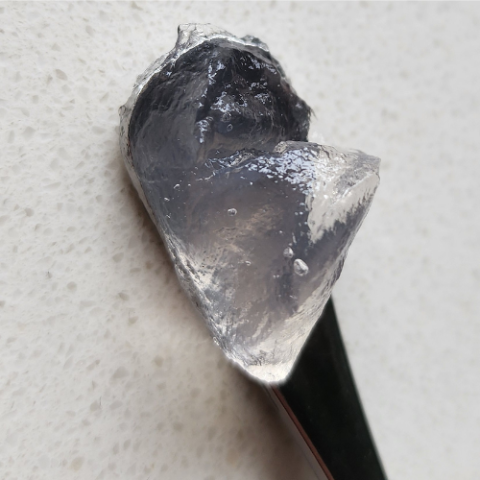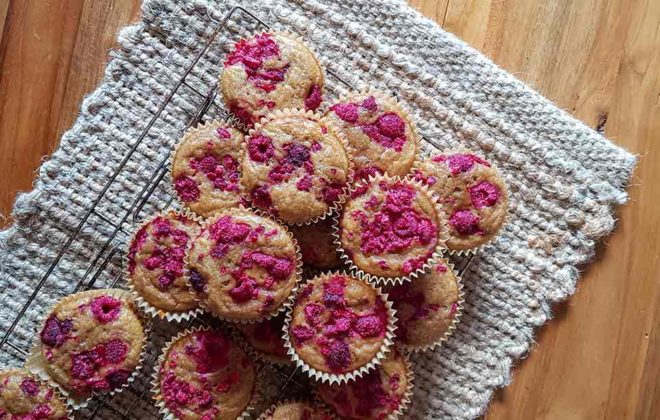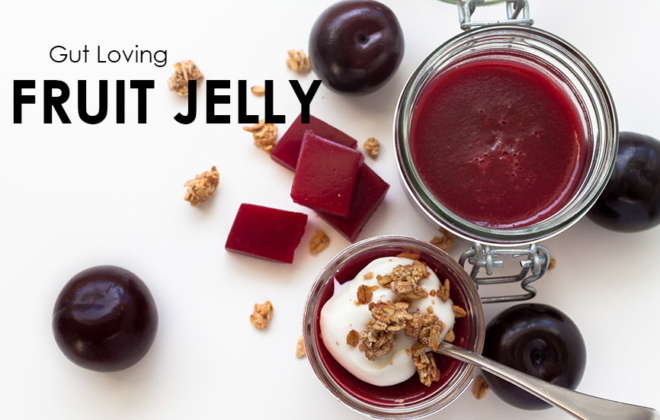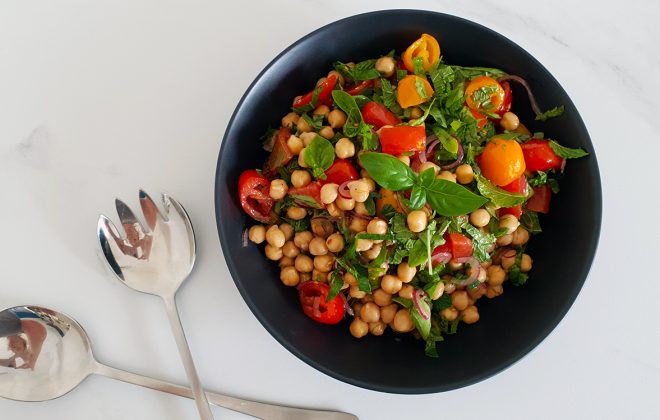How to Make Silver Gel
Colloidal silver is a staple in our house. We use it for so many things. Gastro bugs, colds and flu’s, sore throats, cuts, scrapes rashes, bug bites you name it be use colloidal silver for it. As we use it for so many things we use it in a number of different ways, we ingest it as a liquid, we spray it topically and more recently we have started using it in a gel.
What is Colloidal Silver?
Colloidal Silver is simply silver ions and microscopic silver particles produced by electrolysis and suspended in distilled water. Technically only the particles are actually colloids but ‘colloidal silver’ has become the common name for the ionic/particle mixture available for purchase around the world. The total silver content in good quality colloidal silver (ions + particles) is usually between 10 and 30 parts per million.
It is only allowed to be called a mineral supplement and that it may provide support for your body’s natural immune system. Manufacturer’s are not allowed to make any health claims about silver, and merely naming a condition that is can be used to treat is a no no. It is not an ‘approved’ pharmaceutical drug, so it is illegal to make claims about its therapeutic effectiveness. Personally, I question whether this is another one of those natural treatments that cannot be patented and therefore, money can’t be made from it, so they seek to stops its use.
What are the healing properties of silver?
For thousands of years silver has been used as an antibacterial agent by many civilisations. These day’s manufacturer’s are not allowed to make any health claims about silver, and merely naming a condition that is can be used to treat is a big no no. Common online search engines and health sites claim there are no known benefits of colloidal silver and over exaggerate the dangers of use, both internally and topically. However a few hours searching and I found numerous scientific studies suggesting otherwise.
Silver is a well-documented antimicrobial, that has been shown to kill bacteria, fungi and certain viruses. The exact mechanism is unknown but it is believed the positively charged silver ions (Ag+) that possess the antimicrobial effect 1 . Ionic silver is considered to be effective against a broad range of micro-organisms, with low concentrations documented to have therapeutic activity 2. It has even be found to accelerate skin healing3
How to Use Silver Gel
We used to just use colloidal silver spray for topical application, but have found the the gel works even better. My guess is that it allows for the thicker layer to be applied, so more silver, and that it stays in place longer thanks to the laponite, which is essentially a synthetic clay. We use our silver gel for so many things, cuts, grazes, burns, bites, rashes, dermatitis, eczema, rosacea, sunburn basically any issue we get with our skin. It prevents infection, and speeds healing, so why wouldn’t we use it on everything?!
What are the Ingredients in Silver Gel
Silver gel is only 2 ingredients. Colloidal silver and laponite powder, which is the gelling agent. Laponite is a clay-based gelling agent, made from a mixture of natural earth oxides that have been milled to a fine particle size. It has a nice skin feel, unlike xanthan gum.
Colloidal silver is relatively easy to source from health food shops, and of course online. I like this brand if you need to purchase it. If you are keen to make your own, Silver Well is the generator I use and I find it super easy to use. I found my laponite powder online, the brand is essential nutrients. There are numerous online stores that sell it such as this one and this one.

Silver Gel
A DIY silver gel for topical application on wounds, rashes, bites and other skin conditions
Ingredients
- 100ml Colloidal/ionic silver
- 4g Laponite Powder
Instructions
- measure out both ingredients separately
- stir the silver constantly while sprinkling in the laponite powder to minimise clumping. Mix well
- the mixture will thicken over the next 10 minutes or so and go from opaque to transparent
- transfer to a dark container
Notes
- The mixture will thicken quite quickly, but will continue to thicken for a few hours.
- The colour of the finished gel will change depending on the strength of colloidal silver used. If you are using drinking stregnth silver around 20ppm this will yeild a clear gel. As concentrations get greater the colour can be yellow, brownish or even grey.
- You need a 4% ratio of laponite powder by weight. So this recipe can be adapted to suit any amount of colloidal silver, just weight the liquid and multiply that weight by 0.04 to calculate the 4% weight of laponite powder required.
For example: You have 50 grams of colloidal silver you want to turn into a gel, then 50 x 0.04 = 2, so you need to 2 grams of laponite powder to gel 50grams of colloidal silver. - Colloidal silver should be kept in a dark container to protect from sunlight
- Store at room temperature. Do not refrigerate any colloidal silver products as this causes the silver to drop from solution.
References
- Lansdown AB. Silver in health care: antimicrobial effects and safety in use. Current Problems in Dermatology. 2006;33:17-34 ↩︎
- Russell A.D. Hugo W.B. Antimicrobial activity and action of silver. Prog Med Chem. 1994; 31: 351-370 ↩︎
- Lansdown, A.B.G., et al. 1997. Silver aids healing in the sterile skin wound: experimental studies in the laboratory rat. British Journal of Dermatology, 137, 728-735. ↩︎




